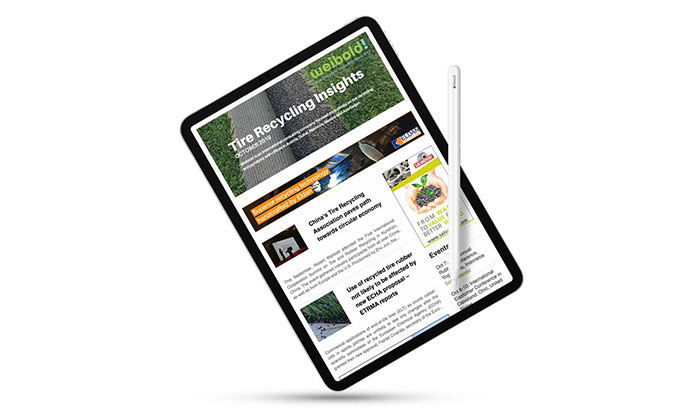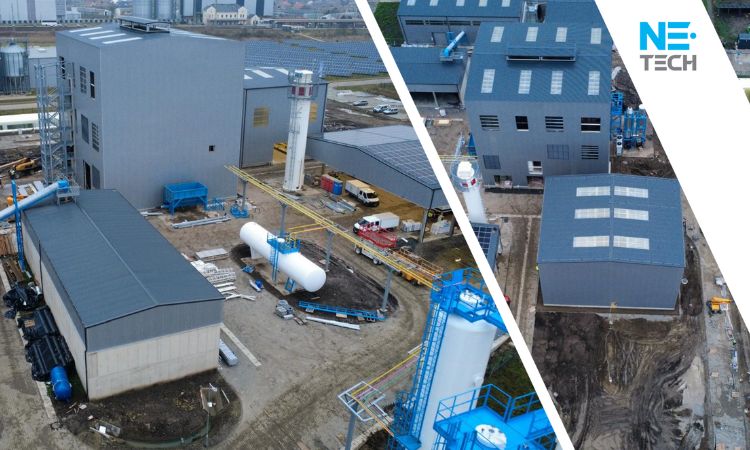7 sustainable solutions to Mexico's end-of-life tire disposal problem
In its recent article, GTA Ambiental, the Mexican company that offers varied technological solutions for waste recycling, explains that when end-of-life tires reach the end of their life cycle, they become hazardous for the environment and human health if they are dumped in landfills. Made of synthetic rubber, chemicals, and additives, these tires contaminate water and land, pose a high risk of fire, generate harmful gases when burned, and serve as breeding grounds for insect-borne epidemics.
These concerns are particularly relevant in Mexico, where an estimated 32 million tires are discarded annually, equivalent to one tire per second. Unfortunately, only 12% of these tires are recycled, with the majority ending up in landfills.
In its article, GTA Ambiental presents 7 alternatives for the disposal of end-of-life tires based on the principles known as the 7Rs of sustainability. By exploring these options, the tire disposal data in Mexico can be seen as an area of opportunity.
- Rethinking end-of-life tires: it is crucial to reconsider the value of used tires and improve collection systems. Collaborations with workshops and service companies, where a significant portion of tires are discarded, can be established to facilitate tire collection.
- Reducing natural rubber consumption: when we talk about materials, we are accustomed to associating the word "natural" with "sustainable", however, in the production of tires synthetic rubber can be more sustainable than natural rubber , since natural rubber implies damage to ecosystems where it is produced. Extracted and without a responsible operation, these damages can have effects in the loss of biodiversity and climate regulation. It is worth mentioning that for synthetic rubber to be sustainable, it must have a sustainable raw material, such as materials obtained from tire recycling, bio-polymers and resins or oils extracted from plants.
- Reducing tire consumption: tire manufacturers can contribute to sustainability by increasing tire durability, thereby reducing overall tire consumption.
- Reusing tires: used tires can find new life without undergoing physical or chemical changes. They can be repurposed for gym equipment, seat bases, urban garden pots, or children's playgrounds, among other possibilities.
- Renewing tires: tires can be repaired and their lifespan extended through a process called retreading, where a new tread is added. Renewed tires are suitable for use in cargo and passenger transport vehicles, following Mexican regulations.
- Recycling tires: recycling tires offers various derivative products, including construction materials, recycled rubber for tire production or other goods, and alternative fuels through processes like coprocessing or pyrolysis.
- Regenerating ecosystems impacted by tires: to mitigate the negative effects of tire disposal, initiatives can be undertaken to regenerate ecosystems. One approach is constructing ecotourism centers that utilize tires for children's games or orchards, ensuring proper maintenance to prevent any threats.
As per GTA Ambiental, by embracing the principles of sustainability and implementing these alternatives, Mexico can not only contribute to the country's sustainable development but also generate economic benefits from the utilization of discarded tires. Achieving a circular economy requires collective effort and innovative thinking. Tire recycling is no exception, and collaboration among stakeholders is key.
Article by GTA Ambiental.
Weibold is an international consulting company specializing exclusively in end-of-life tire recycling and pyrolysis. Since 1999, we have helped companies grow and build profitable businesses.









